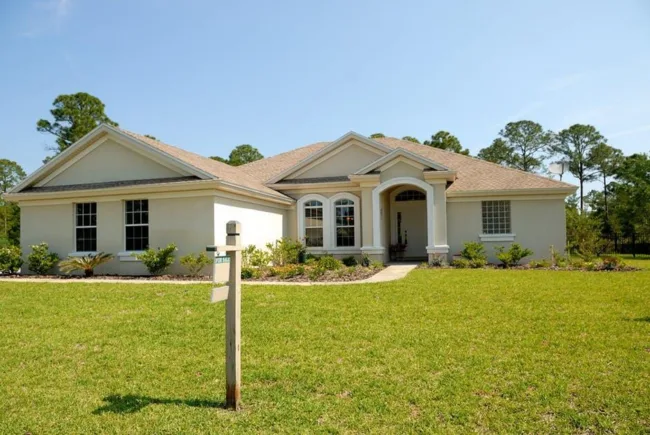
When renting or owning a home, understanding occupancy limits is crucial. It ensures safety, and compliance with local regulations and preserves the quality of life for everyone involved. This article explores the guidelines surrounding occupancy limits, with a focus on maintaining balance and legal standards.
General Guidelines for Occupancy
Occupancy limits, including how many people can live in a 3 bedroom house, are typically regulated by local housing codes along with health and safety standards. A common rule of thumb is the “two-per-bedroom” standard. This guideline suggests that two individuals can comfortably and safely live in each bedroom. For a 3-bedroom house, this would mean an occupancy limit of six people.
However, this is not a strict rule and may vary based on the size of the rooms, the layout of the property, and regional laws. Larger bedrooms or additional living spaces may allow for higher occupancy, while smaller homes might require stricter limits.
Legal Regulations for Housing Occupancy
In many jurisdictions, specific laws outline occupancy limits for a 3-bedroom house. These laws often account for square footage, ventilation, and access to essential amenities like bathrooms and kitchens. The Uniform Housing Code (UHC) and other regional guidelines might require a minimum of 70 square feet per bedroom for one occupant or 50 square feet per person for shared rooms. It’s important to consult local housing authorities or review rental agreements for clarity. Overcrowding can lead to fines, eviction, or health and safety concerns.
Safety Considerations in Occupancy Limits
Safety plays a significant role in determining occupancy limits for a 3-bedroom house. Overcrowded spaces can strain plumbing, heating, and electrical systems. It can also hinder evacuation during emergencies. Beyond the physical risks, overcrowding can lead to issues with noise, privacy, and overall comfort. Maintaining a reasonable occupancy level ensures a safer and more harmonious living environment.
Practical Considerations for Landlords
For landlords, understanding occupancy limits is essential for managing properties effectively. This knowledge helps ensure compliance with local regulations and avoids potential disputes with tenants. Setting clear expectations in lease agreements about the number of occupants can prevent misunderstandings.
Landlords should also consider their property’s unique features. For example, homes with larger living areas, multiple bathrooms, or additional storage might accommodate more residents comfortably. Regular maintenance and inspections are also vital to sustaining a safe and habitable space.
Customizing Occupancy Based on Family Needs
While the two-per-bedroom rule is a good starting point, some exceptions exist. For instance, families with small children might prefer to share rooms. This is especially common in households where younger siblings feel more secure sharing a space.
On the other hand, adult tenants or unrelated roommates may require individual rooms for privacy. In these cases, the overall layout of the house becomes an important factor in determining suitability for a larger group.
How Property Management Ensures Safe and Compliant Rentals
Property management services handle essential tasks such as property inspections, lease management, tenant screening, and maintenance coordination. They ensure compliance with occupancy limits and local regulations, helping landlords maintain safe and well-managed properties while providing tenants with a comfortable living experience.
Whether you’re a landlord or a tenant, understanding how many people can live in a 3 bedroom house is essential for smooth and stress-free living. Balancing legal compliance with tenant comfort is key to making the most of any property. Adhering to regional guidelines ensures that the living space is safe and functional. Additionally, taking practical steps like optimizing storage, keeping common areas clutter-free, and maintaining good communication between tenants can help create a positive living experience.
